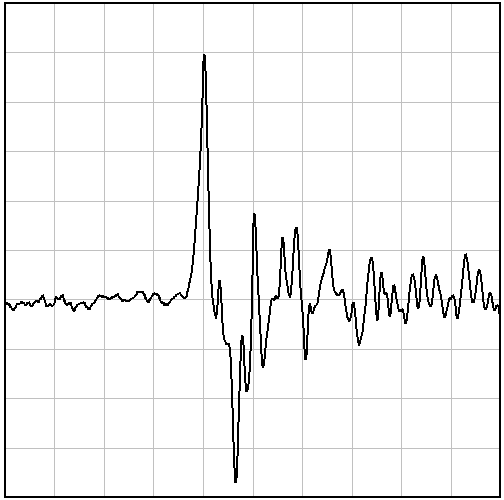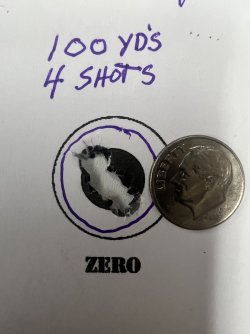I looked at this issue a different way:
1) Will I ever buy a new rifle?
2) Will I ever try new bullets?
if the answer to either of those is "yes", then I am going to do load development anyway. Therefore, adding a suppressor is really no different than buying a new rifle or trying new bullets.
Personally, I first start with powders and bullets that have a very good reputations for accuracy and research to see if there are "known good loads" for my cartridge. After that, I use the Optimal Charge Weight Method for load development. Using the preceding approach, I can have the load developed, confirmed, and the rifle zeroed in three range sessions or four at the most.
Granted, I don't shoot beyond 600 yards and I am satisfied with a sub .8 MOA group. I also don't worry about 100 fps in a velocity.
Sorry for the somewhat long winded and slightly off-topic answer, but many "challenges" in life can be mitigated by viewing the issue in a different light; i.e., don't worry so much about load development; embrace and improve your load development process.



